Black History Month 2023: Celebrating Influential Black Americans In Tech
CRN celebrates executives and pioneers from IBM, AT&T, Xerox, Oracle, WWT and other tech giants this Black History Month.
In time for Black History Month 2023, CRN is featuring a sampling of the achievements of Black Americans in the field of computer science and technology.
Some of the people featured on this list include:
*Frank S. Greene Jr.
*Shirley Ann Jackson
*Otis Boykin
*Marian Croak
*Mark Dean
Some new names added to the list from last year include:
*Evelyn Boyd Granville
*Granville Woods
*Shelby Davidson
This list includes past and recent contributions to technology, whether by invention or business acumen.
While we celebrate these contributions in history, it’s important to remember that much more work remains to increase Black representation in science, technology, engineering and math (STEM).
A January report from McKinsey estimates that 40 percent of Black American households lack high-speed, fixed broadband compared to 28 percent of white American households. In cities such as Chicago and Baltimore, Black households are twice as likely to lack a high-speed internet subscription compared to white ones.
[RELATED: Native American Heritage Month: Celebrating Indigenous Influencers In Tech]
Black History Month 2023
Thirty-eight percent of Black households in the rural South lack broadband compared to 23 percent of white ones, according to the report. Sixty-nine percent of Black Americans have desktop computers or laptops compared to 80 percent of white Americans.
And about half of Black workers have advanced or proficient digital skills needed for the tech-driven economy compared to 77 percent of white workers. Black Americans are 13 percent of all workers but only 7.4 percent of digital workers.
Some steps for increasing broadband access and encouraging digital equity and inclusion for Black communities, according to the report, include surveying unserved and underserved locations to make sure they receive some of $425 billion-plus in federal funding available for closing the digital divide.
McKinsey also suggests seeking out partnerships among private enterprises, not-for-profit organizations, academia and government agencies to close the gap and partnering with local stakeholders to ensure households can access subsidies for internet subscriptions and devices.
Organizations that seek to increase diversity in the field include:
*Black Women in Science and Engineering (BWISE)
*Information Technology Senior Management Forum (ITSMF)
*Black Data Processing Associates (BDPA)
*Blacks United in Leading Technology (BUiLT)
*National Action Council for Minorities in Engineering (NACME)
Here are some of the Black Americans that CRN is featuring for their achievements in technology.
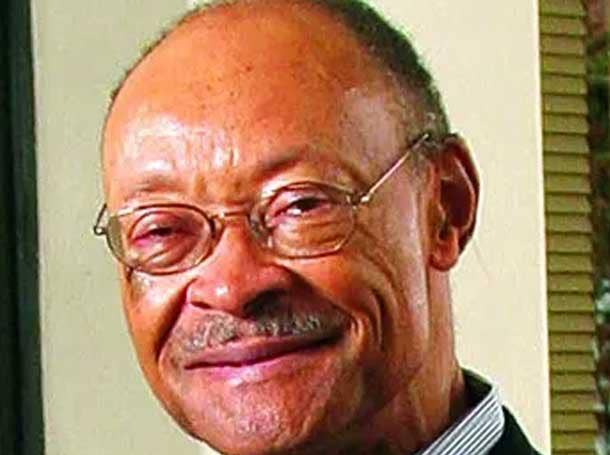
Frank S. Greene Jr.
Frank S. Greene Jr. was one of the first black pioneering technologists of Silicon Valley, according to Purdue University.
Born in 1938, Greene spent about four years in the United States Air Force, he joined Fairchild Semiconductor’s research and development labs as a memory chip and system designer, according to Santa Clara University, where he received his Ph.D. in electrical engineering in 1970 and served as a trustee and adjunct lecturer.
Greene developed and held the patent for the integrated circuit that put Fairchild ahead in semiconductors. Fairchild Semiconductor was acquired by ON Semiconductor – now Onsemi – in 2016.
In 1986, he founded NewVista Capital, a venture capital firm focused on underrepresented entrepreneurs.
The Silicon Valley Engineering Council inducted Greene into the Silicon Valley Engineering Hall of Fame in 1991, according to SCU. In 2001, the Dr. Frank S. Green Scholars Program (GSP) was established to help students in grades 3 through 12 through workshops, competitions and programs in math, science, engineering and entrepreneurship.
Greene died in 2009.
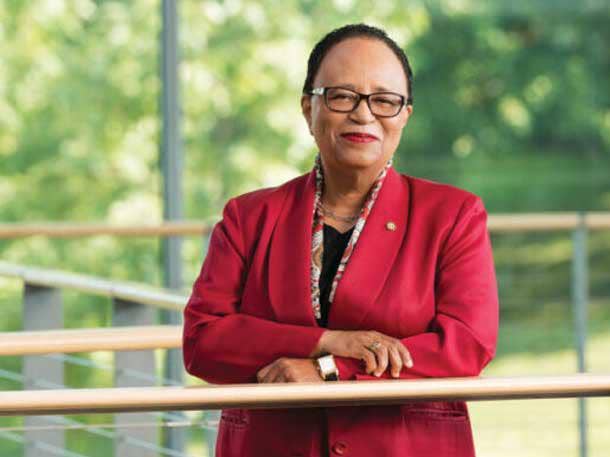
Shirley Ann Jackson
On July 1, Shirley Ann Jackson stepped down after more than two decades as president of private research university Rensselaer Polytechnic Institute (RPI).
Jackson continues to influence the tech sector with roles including service on the board of directors for Kyndryl – No. 6 on CRN’s 2022 Solution Provider 500.
Her work led to products including touch-tone phones, the portable fax, fiber optic cables and caller ID, according to Pittsburgh Technical College.
Born in 1946, Jackson joined RPI in 1999. Before RPI, Jackson was chairwoman of the U.S. Nuclear Regulatory Commission.
From 1991 to 1995, she was a consultant to the former AT&T Bell Laboratories and was also a professor of theoretical physics at Rutgers University. She also worked as a theoretical physicist at the former AT&T Bell Laboratories from 1976 to 1991.
Jackson, who has a Ph.D. in theoretical elementary particle physics from Massachusetts Institute of Technology (MIT), was an appointee of former presidents Bill Clinton and Barack Obama, according to RPI. She was co-chair of the president’s Intelligence Advisory Board and served on the president’s Council of Advisors on Science and Technology under Obama. She served as chair of the U.S. Nuclear Regulatory Commission under Clinton.
In 2016, Jackson received the National Medal of Science, the “nation’s highest honor for contributions in science and engineering,” according to RPI.
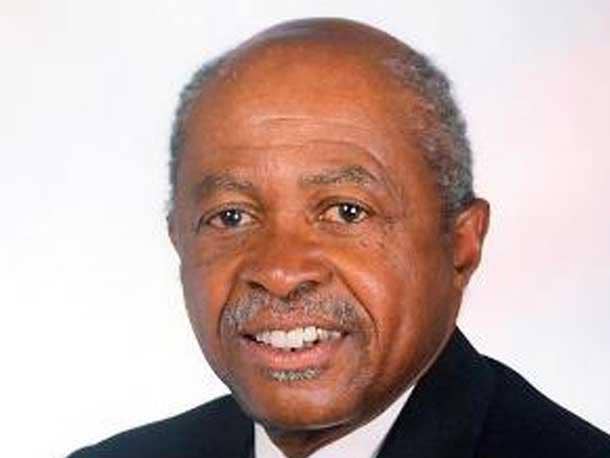
Roy Clay Sr.
Sometimes dubbed a “godfather of Silicon Valley” or “the godfather of Black Silicon Valley,” Roy Clay Sr. was the first Black executive at Hewlett Packard (HP) and was lead developer of the first HP minicomputer.
Born in 1929, Clay grew up in Missouri in a home with no indoor plumbing, according to the Palo Alto History Museum.
Dave Packard himself met Clay through a friend who worked on the Manhattan Project, according to the company. In 1965, Packard hired Clay to lead a new computer division for HP, then best known for semiconductors.
The HP 2116A minicomputer Clay helped to develop was the size of a typewriter and meant as an instrument controller for HP’s line of programmable test and measurement products, according to HP. Clay marketed the machines as point-of-sales systems.
Clay served as the first director of the HP Research and Development Computer Group and interim general manager of HP’s computer division.
In 1977, Clay started his own company, Rod-L Electronics, to make electrical-safety test equipment, according to the Palo Alto History Museum. He hired hundreds of African Americans to work for the company. He was the first African American on the Palo Alto City Council from 1973 to 1979.
In 2003, he was inducted into the Silicon Valley Engineering Council’s Hall of Fame.
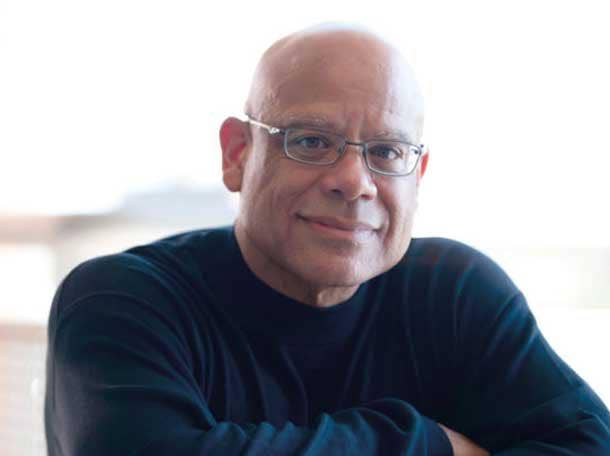
Mark E. Dean
In the early 1980s, Mark E. Dean served as chief engineer on the team behind the original IBM PC design, according to the University of Tennessee, where he is an emeritus professor.
He developed the color PC monitor, the first gigahertz chip and a system to allow printers, monitors and other devices to plug directly into computers.
Positions served at IBM include chief technology officer of the Middle East and Africa and vice president of worldwide strategy and operations.
Born in 1957, Dean’s interest in engineering came early, building a tractor from scratch with his father, a supervisor at the Tennessee Valley Authority Dam, according to the State University of New York at Buffalo.
Dean received a Ph.D in electrical engineering from Stanford University in 1992, became an IBM fellow in 1995, received the Black Engineer of the Year President’s Award two years later and retired from IBM in 2013. He holds more than 40 patents, according to the National Inventors Hall of Fame.
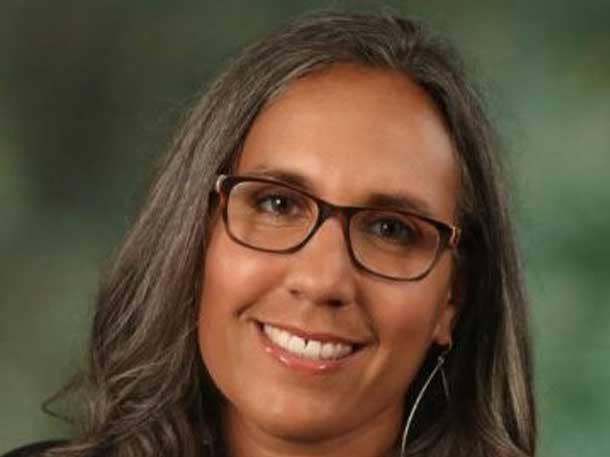
Lisa Gelobter
Lisa Gelobter is a recent pioneer in the field of online video. She was at Macromedia for about five years and worked on the technology behind Shockwave, now discontinued software for building multimedia applications.
Brown University, from which Gelobter received her bachelor’s degree in computer science in 1991, has credited her with developing “the animation used to create GIFs, forever changing the way we text and tweet.”
She was part of the launch team for video streaming service Hulu and served as chief digital service officer of the U.S. Department of Education from 2015 to 2017, according to her LinkedIn.
Her resume also includes time as head of digital product, engineering and operations at BET Networks and a stint as director of product management at video distribution provider Brightcove, according to her LinkedIn.
In 2017, she founded tEQuitable, which provides a third-party, technology-enabled platform for employees to address bias, discrimination and harassment in the workplace, according to her LinkedIn account.
She is one of the the first 40 Black women to ever raise more than $1 million in venture capital funding, according to the Harvard Kennedy School of Government.
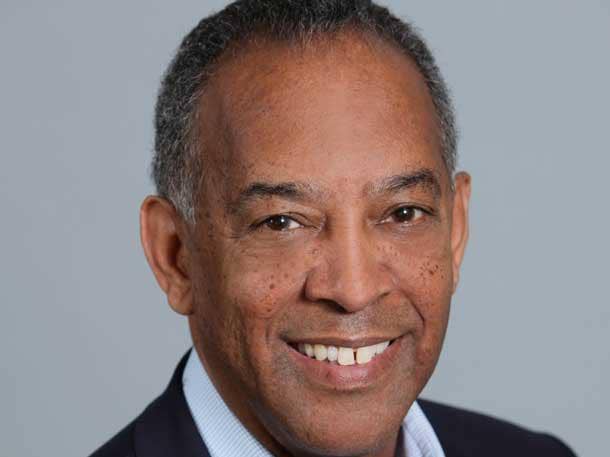
John W. Thompson
John W. Thompson has been a longtime board member of Microsoft, starting with his role as lead independent director in 2012 and succeeding Bill Gates as chairman in 2014.
As chairman, Thompson hired current CEO Satya Nadella in part to change the “toxic” culture, according to MIT, from which Thompson received a master’s in management science in 1983.
Before taking his board seat, Thompson traded barbs with the tech giant for years as chairman and CEO of Symantec. Under his leadership, Symantec saw the rise of its popular Norton AntiVirus software.
Prior to joining Symantec in 1999, Thompson spent about 28 years with IBM, holding the powerful role of general manager of IBM Americas from 1996 to 1999, according to Microsoft.
Thompson made news again in December by joining Rubrik as new lead independent director of the storage and security company’s board of directors, with a goal of helping the company go public.
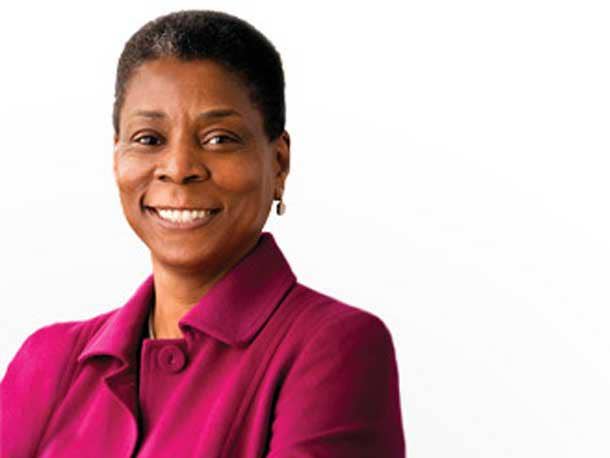
Ursula Burns
Ursula Burns was the first African American woman to head a Fortune 500 company when she became CEO of Xerox in 2009, helping the company diversify from document technology.
She rose through the ranks of Xerox after joining the company in 1980 as a summer intern, according to the New York University Tandon School of Engineering, where she received a bachelor’s degree in mechanical engineering that same year. She was the first in her family to attend college and group up in public housing not far from the school, previously known as the Polytechnic Institute of New York.
Along the way, Burns served as executive assistant, vice president for global manufacturing, senior vice president of corporate strategic services, and president, according to Tandon. She organized the $6.4 billion purchase of Affiliated Computer Services.
She also presided over the separation of Xerox into the namesake document technology business and business process services company Conduent, according to Columbia University, where she received her master’s in mechanical engineering in 1982.
Burns left the CEO role at Xerox in 2016. She served as CEO of VEON, a Dutch telecommunications company, until 2020.
From 2009 to 2016, she helped lead the White House’s national program on science, technology, engineering and math.
Her book “Where You Are Is Not Who You Are” published in 2021. She is on the board of directors of Uber and ExxonMobil.
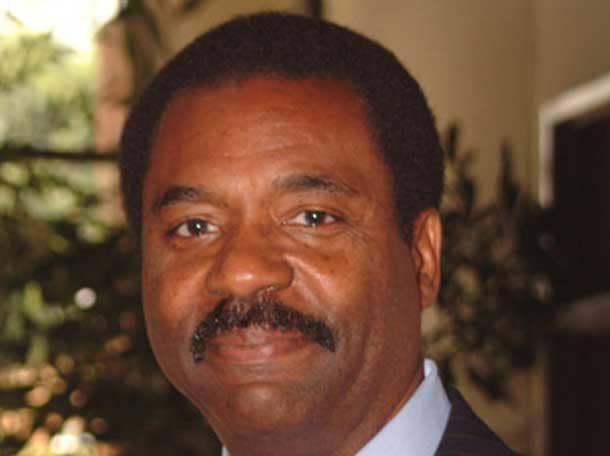
David Steward
David Steward co-founded integrator World Wide Technology in 1990 and has helped lead it to become a multibillion-dollar juggernaut.
WWT – No. 10 on CRN’s 2022 Solution Provider 500 – considers itself the largest Black-owned company in the U.S.
WWT went from a handful of employees and 4,000 square feet of office space to more than 7,000 employees worldwide and more than 4 million square feet of warehousing, distribution and integration space, according to the company’s website.
Steward received a bachelor’s degree in business management in 1973 from Central Missouri State University, according to Washington University in St. Louis. He hitchhiked to St. Louis, putting all his possessions in a knapsack, moved in with his sister and worked part time as a substitute teacher.
He went on to an executive position with Boy Scouts of America and then sales and marketing positions with Wagner Electric Corp., Missouri Pacific Railroad Co. and Federal Express before founding WWT.
Steward has published two books: “Doing Business by The Good Book” in 2004 and “Leadership by the Good Book” in 2020.
He currently serves as chairman of WWT’s board. The company continues to capture headlines, including promising to hire up to 700 people in 2023 despite massive layoffs in the tech industry.
Last year, Steward was awarded University of Missouri-Kansas City’s Henry W. Bloch International Entrepreneur of the Year.
His children appear to be carrying on his business success. His daughter, Kimberly Steward, is a film producer known for her work with “Manchester by the Sea” and “Suspiria.” Steward’s son, David Steward II, is CEO of global media company Polarity.
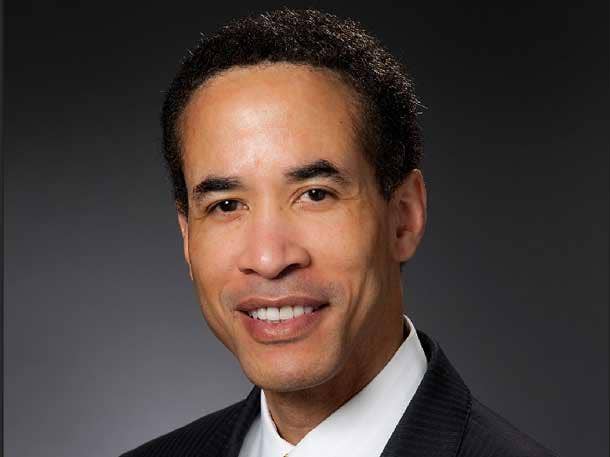
Charles Phillips
Charles Phillips Jr. currently serves as managing partner of Recognize, a technology-focused private equity firm he co-founded in 2020, according to the group’s website.
But Phillips made his mark on technology history as the “Steve Jobs of business software,” as New York Law School called him, with 10 years as CEO of enterprise applications company Infor and about seven years as president of Oracle Corp.
He was CEO of Infor until 2019, going head to head with Oracle and SAP. Under Phillips, Infor created an internal, 100-person design agency called Hook & Loop and grew to 75,000 business customers in manufacturing, health care, retail and other sectors, processing more than $100 billion in transactions a year, according to Stanford Law School. He also invested in Infor’s channel partner program.
He was a president at Oracle until 2010. Under his watch, Oracle tripled in size and acquired 70 companies, including Sun Microsystems. CRN credited Phillips with bringing a “channel-friendly” attitude to Oracle.
Before Oracle, Phillips was a managing director at Morgan Stanley in the Technology Group.
Phillips received his law degree from NYLS in 1993. He received his bachelor’s in computer science from the U.S. Air Force Academy in 1981, according to his LinkedIn.
Phillips previously served as a captain in the U.S. Marine Corps. His board experience includes ViacomCBS, American Express, Compass, the Apollo Theater and the Council of Foreign Relations.
In 2009, Phillips was appointed to the Economic Recovery Advisory Board to help lead the U.S. out of the Great Recession.
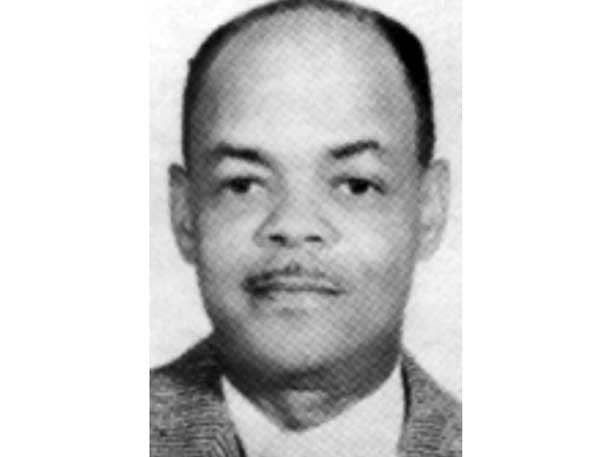
Otis Boykin
Born in Texas 1920 to a carpenter and a homemaker, Otis Boykin innovated electronic resistors, which reduce the flow of electricity to allow safe operation of an electronic device, according to the National Inventors Hall of Fame, of which he is a member.
Variations of Boykin’s resistors are used in TVs, smartphones and other electronic devices today.
Boykin invented his wire precision resistor in 1959 and a version resistant to extreme temperature and pressure changes in 1961, according to the NIHF.
His resistors allowed for the cheaper manufacturing of electronic devices with greater reliability, according to MIT. IBM incorporated his resistors into its computers, and they found their way into everything from guided missiles to pacemakers.
Boykin died in 1982, earning 25 patents in his life.
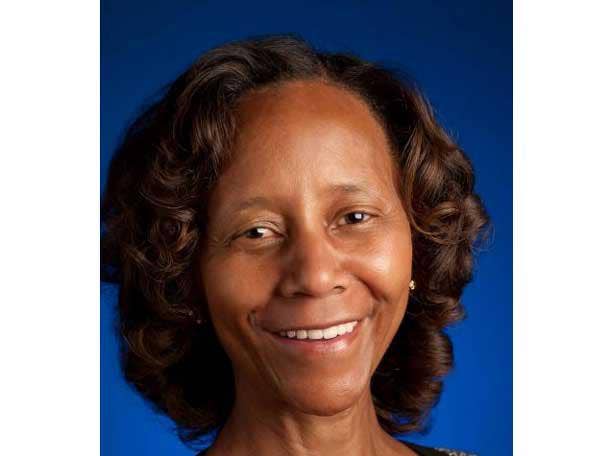
Marian Croak
Marian Croak is a vice president of engineering at Google and leads the tech giant’s Research Center for Responsible AI and Human Centered Technology.
She was inducted into the National Inventors Hall of Fame in 2022 for her work on voice over internet protocol (VoIP) technologies – which turn voice data into digital signals transmitted over the internet instead of traditional phone lines.
Born in 1955, Croak joined Bell Labs – later AT&T – in 1982, the same year she received her doctorate in quantitative analysis and psychology from the University of Southern California.
During her career at Bell Labs, she worked on digital telecommunications. She also created a text-to-donate system used after Hurricane Katrina hit New Orleans in 2005. Croak has more than 200 patents.
She joined Google in 2014, first being tasked with bringing the internet to emerging markets, according to the company.
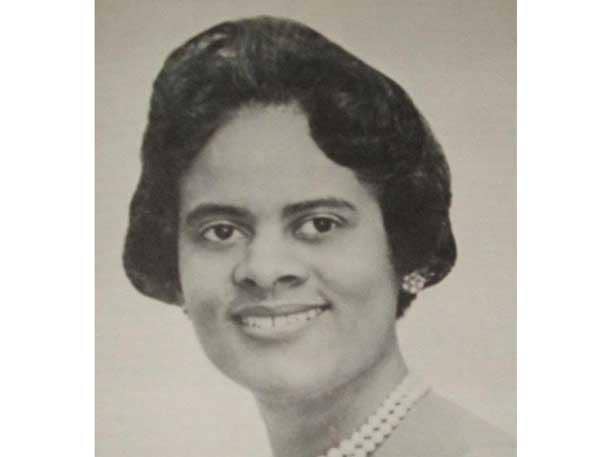
Evelyn Boyd Granville
Born in 1924 in Washington, D.C., Evelyn Boyd Granville went on to create computer software for analyzing satellite orbits for NASA’s Project Mercury missions, according to an article from the United States Department of Energy.
She worked for NASA as a contractor on behalf of IBM, according to the DoE. She had joined the tech giant in 1956 after working for the National Bureau of Standards, where she used math to help with missile fuse development.
Granville is the second African American woman to earn a doctorate in mathematics in the U.S. – earning her Ph.D. from Yale University in 1949, according to an article in Yale’s alumni magazine.
In 1967, she started teaching computer programming at California State University, Los Angeles. She tried to retire from teaching in 1984, but instead taught computer basics to eighth-graders and computer science and math to college students in Texas. She retired from academia in 1997.
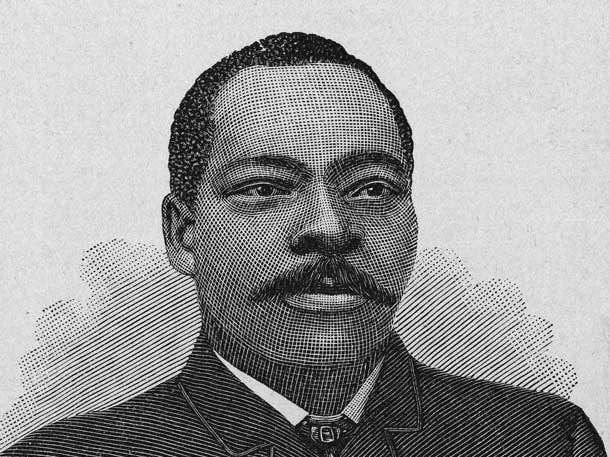
Granville Woods
Born in Ohio in 1856, Granville Woods taught himself about technology by working in steel mills and railroad machine shops and reading about electricity, according to an article from MIT.
Friends had to check out books for him due to many libraries prohibiting Black people at the time.
Woods invented the telegraphony process used in electrical engineering and purchased by Alexander Graham Bell. Telegraphony combined telephone and telegraph technology to speed up messaging.
Wood’s multiplex telegraph invention allowed dispatchers to locate trains and allowed moving trains to communicate with each other by telegraph. Woods prevailed against patent infringement lawsuits filed by Thomas Edison.
Woods established the Woods Electric Co. in Ohio, later moving the company to New York in 1890. He died in 1910, receiving nearly 60 patents during his lifetime.
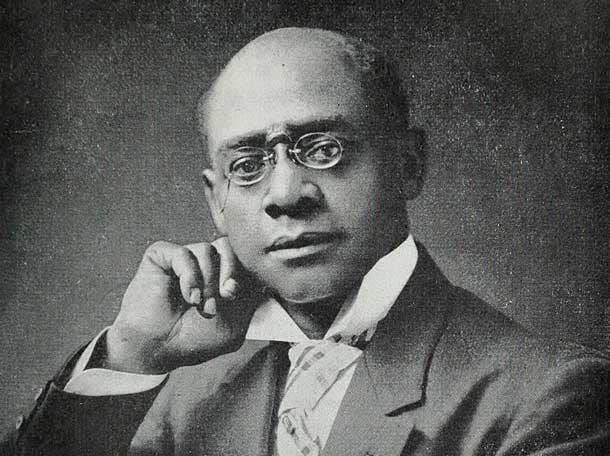
Shelby Davidson
Shelby Davidson was born in 1868 in Kentucky and started his professional life as a lawyer, joining the Kentucky bar in 1899, the Washington, D.C., bar in 1900 and the U.S. Supreme Court bar in 1912, according to Howard University.
Davidson went on to become an inventor, creating a paper rewinding device for tabulating machines in 1911 and an attachment for adding machines that could automatically add in set amounts, according to the University of Kentucky. Both devices can be considered precursors to the computers used today.
Davidson died in 1930.